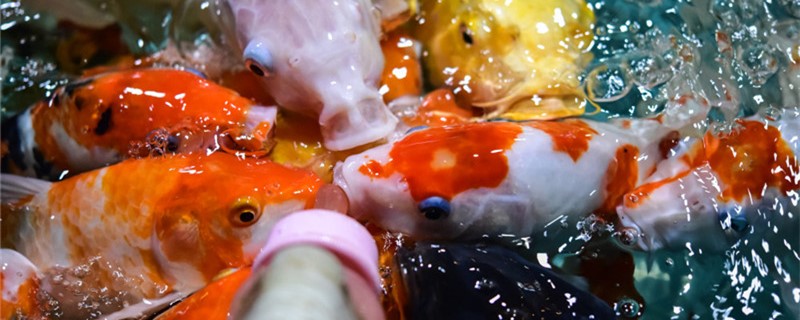
Planting aquatic plants in fish ponds has many advantages. It can not only improve water quality, but also serve as food for some fish. At the same time, it can prevent the outbreak of algae. It should be noted that aquatic plants must be planted on the sediment, and the planting density should not be too high, otherwise they will compete with fish for oxygen in the water, affecting the survival of the latter.
If the fish pond is fully exposed to the sun, adequate light can easily lead to a large number of algae breeding, which will affect the water quality, resulting in the water body becoming turbid. In view of this situation, it is better to shade properly, which can not only prevent algae explosion, but also avoid the decrease of dissolved oxygen caused by the rise of water temperature and prevent water anoxia.
Turbid water in fish ponds is not only due to algae, but also sometimes due to excessive microbial reproduction, and the reason why microorganisms can reproduce in large quantities is that there are enough nutrients in fish ponds, the source of nutrients is fish food or fertilizer, etc. By reducing feeding, water quality can be effectively improved. So that the water body becomes clear.
There are two kinds of drug treatment. One is for the bacteria in the jar. Generally, some drugs with strong sterilization ability are selected, such as chlorine dioxide. Another is for algae in fish ponds, usually using a variety of algaecides, algaecides must pay attention to the dosage, otherwise it will also have adverse effects on other organisms in fish ponds.